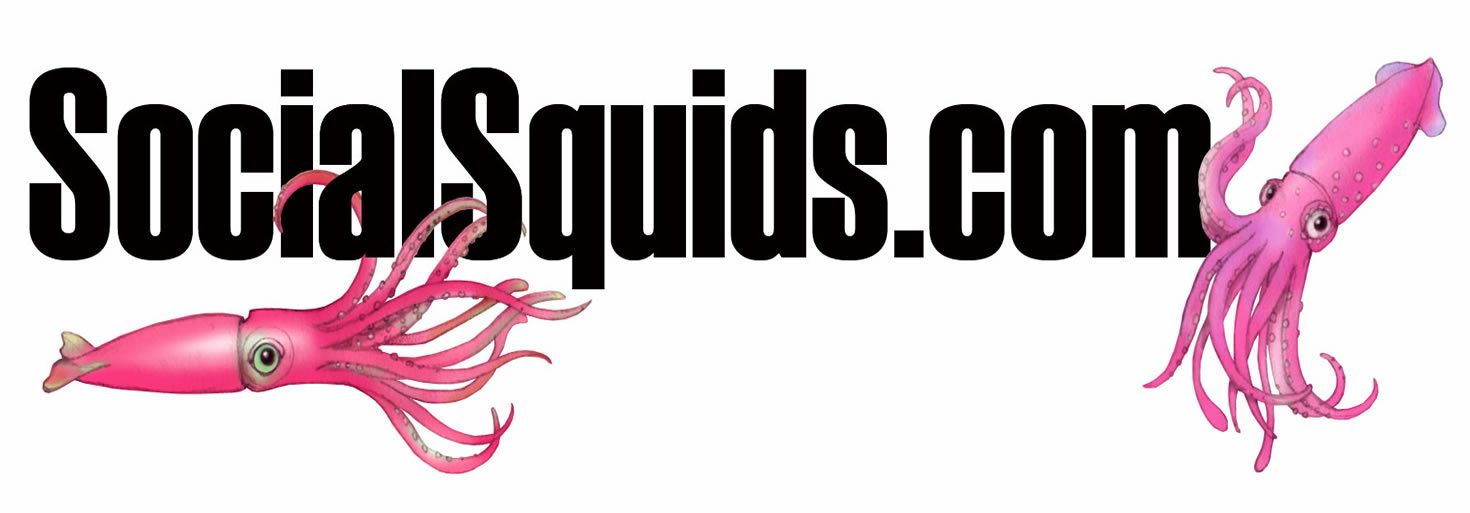
Why Define Your Market
Imagine trying to hit a bullseye blindfolded. You might get lucky once, but it’s hardly a strategy. The same goes for marketing. If you don’t know exactly who you’re aiming for, your message will scatter—and so will your results.
Why Defining Your Target Market Is Step One
Before you design a logo, write a tagline, or post on social media, you need to know who your audience is. Not vaguely. Not “everyone.” Be specific.
- Who are they? Age, gender, location, profession, lifestyle.
- What do they care about? Values, pain points, aspirations.
- Where do they hang out? Online platforms, physical spaces, communities.
- How do they speak? Tone, slang, formality, humor.
When you define your audience with precision, everything else becomes easier and more effective.
The Perks of Getting Specific
- Magnetic Messaging: You’ll speak directly to your ideal client’s needs, making your content irresistible.
- Smarter Spending: No more wasting ad dollars on people who were never going to buy anything from you.
- Creative Clarity: Your visuals, copy, and branding will align with what your audience actually responds to.
- Better Results: More engagement, more conversions, more loyalty.
How to Start Defining Your Market
- Look at your current clients: Who’s already buying from you? What do they have in common?
- Create personas: Build profiles of your ideal customers. Give them names, backstories, and motivations.
- Ask questions: Use surveys, polls, or casual conversations to learn what your audience really wants.
- Test and refine: Your target market may evolve. Stay curious and adjust as needed.
Final Thought
Marketing without a defined audience is like shouting into the void. But when you know exactly who you’re talking to, your message lands with impact, and your brand grows with intention.

